Determining correct jet size
Is there some formula out there to determine what is the correct jet size for your carb?
Im running a Mc2100 on a AMC 258 i6 / 4.2l . While Ive been able to get it to run super smooth now it'll burn your eyes and stink up the garage if I leave it idle for a bit . Ive turned the idle mixture screws down but it doesnt perform well at all.
I think Ive found the happy spot on the carb and that the jets are just too big. Must I determine how many degrees above sea level Im at and go from there? Any additional info and pictures would help.
Im running a Mc2100 on a AMC 258 i6 / 4.2l . While Ive been able to get it to run super smooth now it'll burn your eyes and stink up the garage if I leave it idle for a bit . Ive turned the idle mixture screws down but it doesnt perform well at all.
I think Ive found the happy spot on the carb and that the jets are just too big. Must I determine how many degrees above sea level Im at and go from there? Any additional info and pictures would help.


 and gobbled gas. Had a pair of 50's switched to and runs better, just not where I want it. From what I've read
and gobbled gas. Had a pair of 50's switched to and runs better, just not where I want it. From what I've read 




